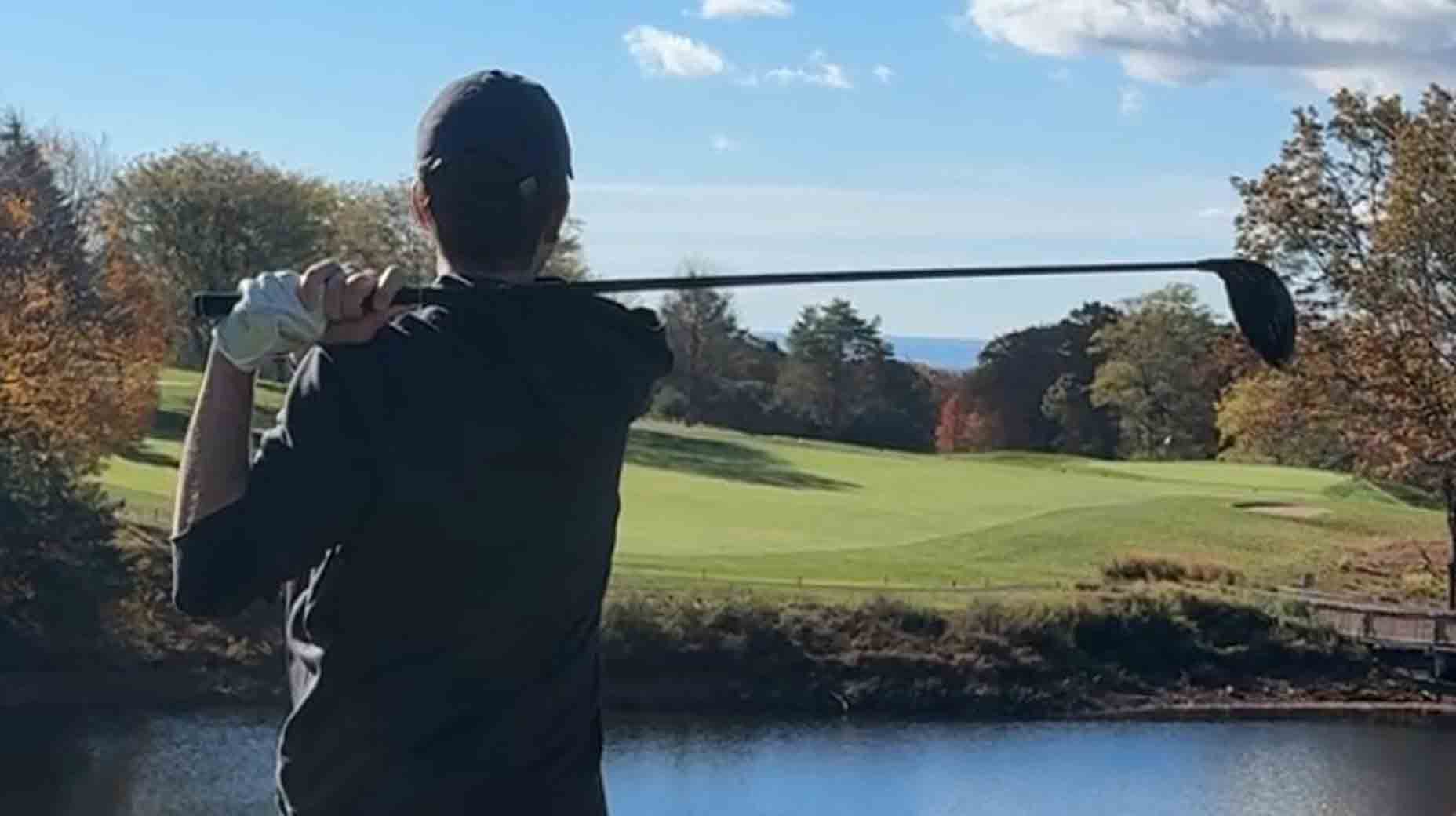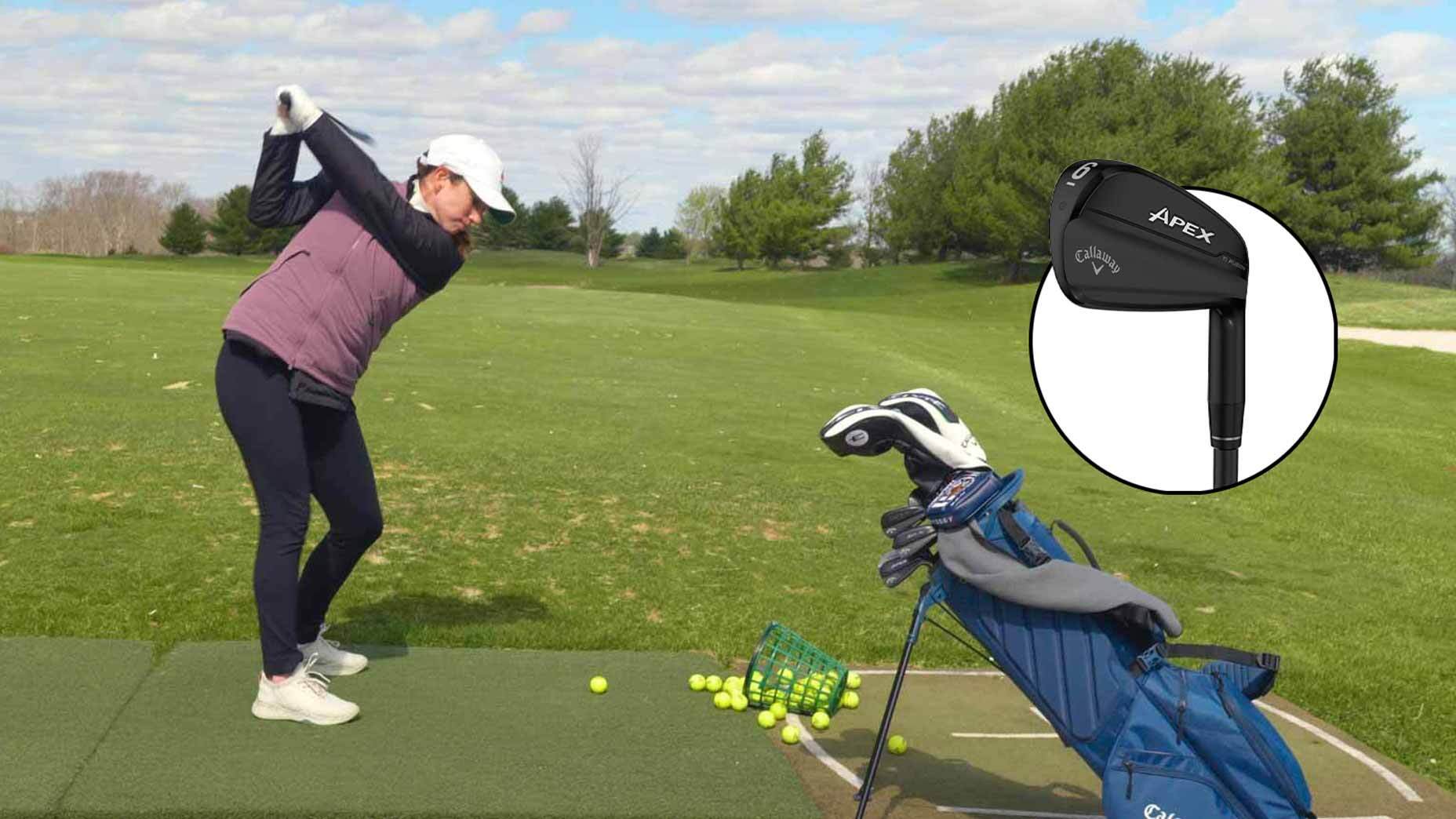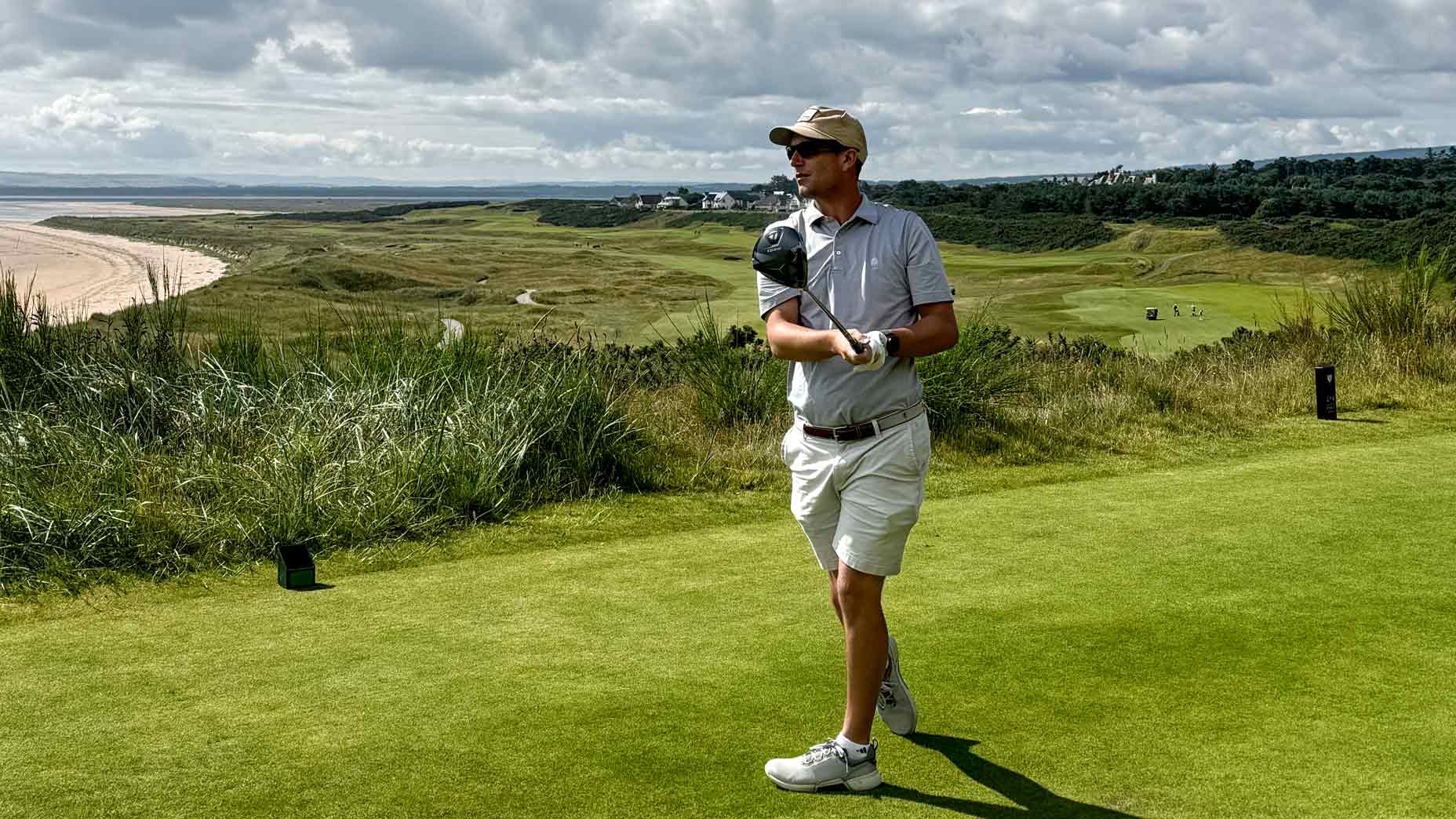 The year’s best-selling hybrid launches high to hold the green
The year’s best-selling hybrid launches high to hold the green
How do golf-club engineers develop new technology? A Ping veteran takes you behind the scenes
Ed. note: This is the first installment in a three-part sponsored series, Pro Perspective, in which experts from various walks of golf will shine a light on how they see the game.
—–
I guess you could say it all started with a walk along the beach.
I grew up in a small town in West England, and when I was 18 years old, I wasn’t exactly sure what I wanted to do with my life, but I knew I wanted to attend a good university. When I visited St. Andrews, I stayed with a buddy’s grandmother, and to pop in and out of town, I’d walk along a sandy beach. I fell in love with the place and knew it was for me.
I certainly wasn’t thinking about a career in golf, at least at first. Everyone at the university teed it up from time to time because it cost us nothing and the courses were right in the center of town. But I was really more of a general sportsman — running, cricket and badminton. I started out as an English major — I wanted to be writer — but eventually changed to mathematics. When I finished school, I knew I wanted a career in sports, but who needed someone with my background? It occurred to me that golf might be a good match, and I started applying to all the manufacturers. Ping was one of the first to respond, and it turned out to be a perfect fit.
ADVERTISEMENT
I started in R&D and things evolved from there. I’m now in my 15th year with the company, at the headquarters in Phoenix. In my role it feels like I do 100 different things at once. I oversee all of engineering and we have seven different departments.
The job is definitely a challenge. The rules of golf are pretty complicated and there are a lot of them. There are limits on the spring-like effect of the club. We can get all the way to the limit on that, but that spurs innovation in other areas.
There’s no one thing that will magically make the ball fly farther. It’s all about incremental gains. Every little thing that goes into a club could make it 1 or 2 percent better. For example, in our drivers, we worked hard on aerodynamic features, including “turbulators” — the little ridges on top of the club — to allow the flow of air to stay attached to the club longer, which helps you swing it faster. We also make a lot tweaks to the size or shape of the driver, just to squeeze out an extra tenth of a mile an hour. We also look at the moment of inertia, and try shifting more shaft weight to the head. They are all tiny changes, but they all add up.
The future of club design? The honest answer is that I don’t know. If I knew what clubs should look like in five years, we’d be doing it right now. We do the best we can each year, and trust the process, knowing that next year we’ll know even more.
Our biggest challenge is making sure that this year’s product beats last year’s. We force ourselves to keep improving year on year. That’s the company philosophy. We’re not going to launch anything new until it’s better. And we’re not holding anything back each year. And I still get to write from time to time, including a blog on the Ping’s website. So in a funny way, that life I plotted as a teenager in St. Andrews still came to pass.
ADVERTISEMENT




